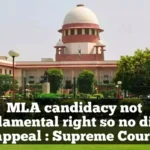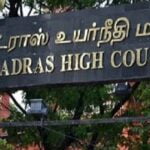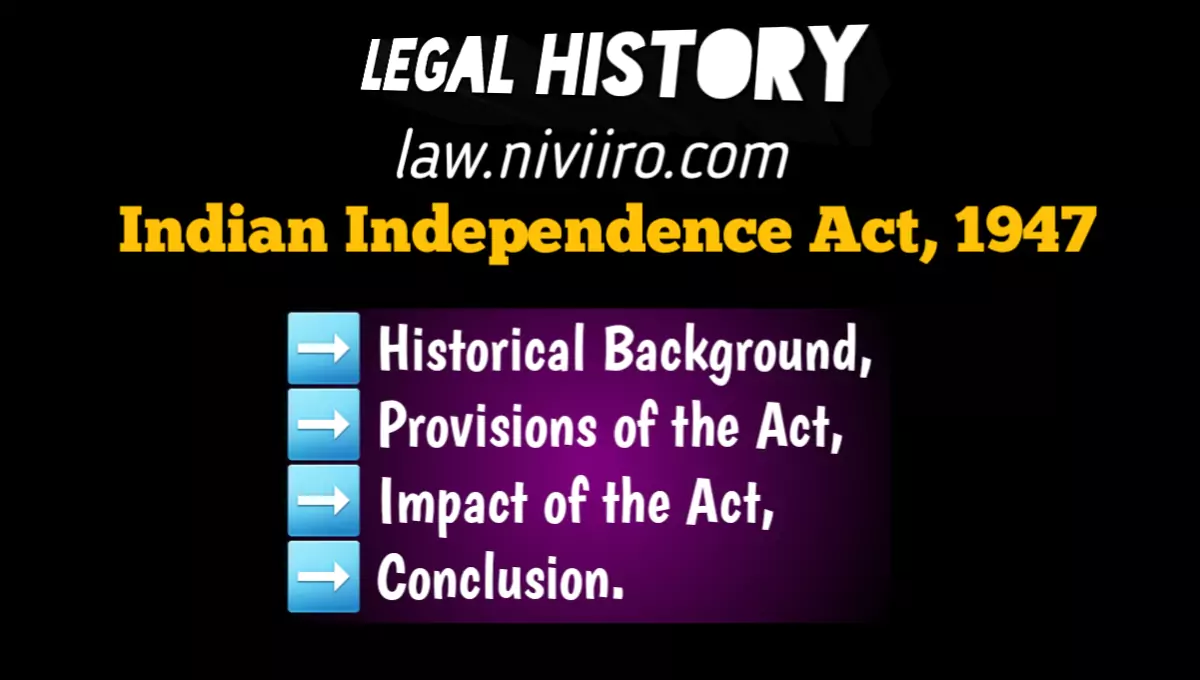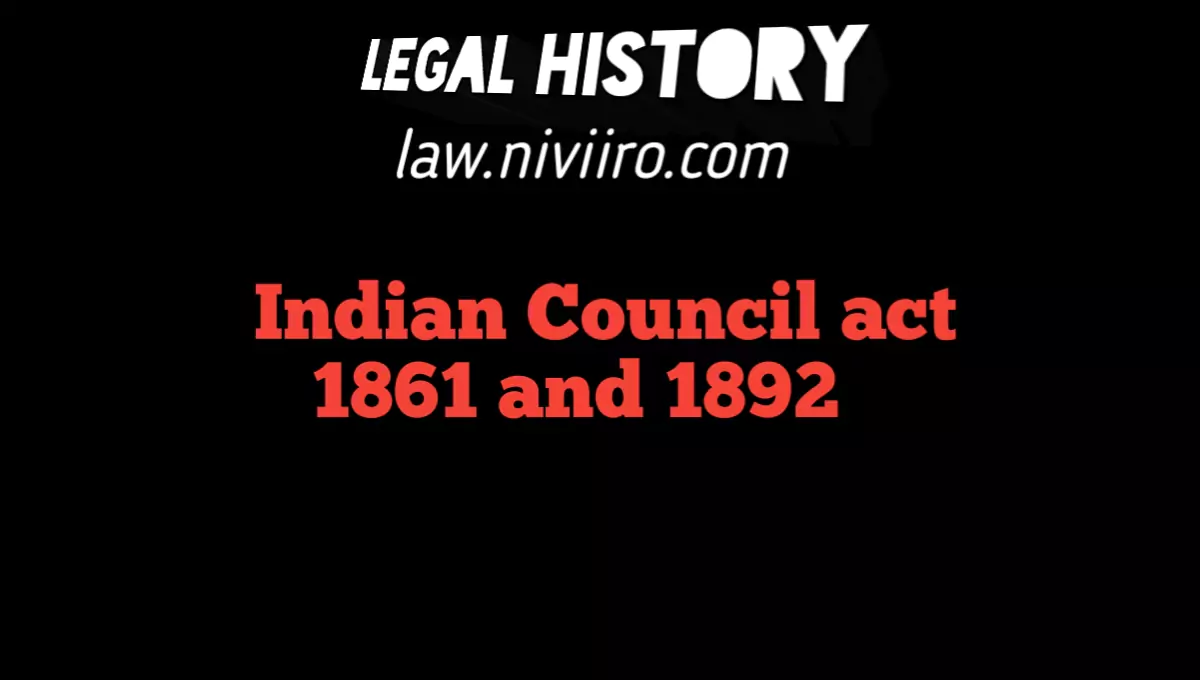The Regulating Act 1773 reorganized the Company, placing it under the control of the British Government and Parliament: Reorganized the Government of Calcutta and established a Supreme Court in Calcutta.
The Act was described as “An Act for the establishment of certain rules for the better management of the affairs of the East India Company in India as well as in Europe”.
Major Changes | The Regulating Act 1773
1. The tenure of the directors has been increased from one year to four years and provision has been made To elect one-fourth of the directors every year in rotation. new way was the company is expected to bring consistency and efficiency in its policy and administration.
2. Shareholders’ voting power was limited to those who held £1,000 or more of stock in the company.The small shareholders were thus deprived of their voting rights in the hope that this would improve the quality of the shareholders and accordingly its directors.
3. To consolidate the control of the British Government over the company, the directors All correspondence from India relating to the Revenue, and everything relating to civil and military affairs of the Government in India before a Secretary of State.
4. The Act also reorganized the structure of the Government of Calcutta:
• It appointed a governor-general and a council of four and vested in them the entire civil and military government of the Presidency of Calcutta.
• they were also vested with the powers of ordering, managing and government of Bengal, Bihar and Odisha with all territorial acquisitions and revenues in the states.
• Warren Hastings was appointed as the first Governor-General.
• The Governor-General had only one vote and a casting vote in the event of an equal council.
5. The Presidencies of Madras and Bombay were placed under the superintendence and control of the Calcutta Presidency in matters of war and peace.Subordinate Presidencies were required to communicate regularly to the Governor-General about all transactions relating to the interests of the government, revenue or company.
Thus the Regulation Act took the first step towards administrative centralization in India.
Supreme Court | The Regulating Act 1773
A Supreme Court was established at Calcutta under the Regulation Act to provide a better and more effective judicial tribunal.The Act gave the right to the crown to the Supreme Court in Calcutta by royal charter.
The court was to consist of a chief justice and three pusine judges (inferior in rank), to be appointed by the crown and to hold office during their pleasure.Only a barrister of at least five years could be appointed as a judge. The court was to be a court of record.
The court was to enjoy civil, criminal, admiralty and ecclesiastical (spiritual or religious matters) Jurisdiction.The court’s jurisdiction was to extend only to British subjects and to His Majesty’s subjects residing in Bengal, Bihar and Orissa; Company or any person employed in the service by or directly or indirectly by any of His Majesty’s subjects.
The Supreme Court was not entitled to hear or hear any case against the Governor General or a member of the Council for any offense committed in Bengal, Bihar and Orissa.the Charter Provision was to be made for allowing appeals from the establishment of the Supreme Court Decisions to the King-in-Council in such circumstances as were deemed fit and proper by the Crown.
Legislative Authority | The Regulating Act 1773
The Regulating Act 1773 authorized the Governor General and the Council to make such rules, regulations and ordinances as may be deemed proper and proper for the good governance of the settlement of Fort William and the factories subordinate thereto.
This legislative power was subject to three restrictions.
1. The rules made should not be contrary to the laws of England
2. He had to be reasonable and impose appropriate punishment for their violation
3. The rules were not to take effect until they were registered and published by Supreme Court.
Any person in India may appeal against any such rule to the Supreme Court, within 60 days of registration, to the Council in King, which may, if it thinks fit, annul or repeal the rule. Such an appeal was to be filed within the stipulated time in the Supreme Court at Calcutta.
The King at the Council may, without an appeal from anyone, within a period of two years from its date, reject or reject any such rule.passed by the Governor General and council.
Miscellaneous Provisions | The Regulating Act 1773
1. The Governor General, members of the Council, Judges of the Supreme Court and officials engaged in revenue collection were prohibited from receiving gifts or engaging in private business.
2. The court of kings in England was empowered to punish crimes, offences, or
3. misconduct committed against any of his subjects or any resident of India by the governor general or members of the council.
Related Post
Important Questions | The Regulating Act 1773
Write the main objectives of the Regulating Act, 1773 ?
the main objectives of the Regulating Act, 1773 was Reorganization the Government of Calcutta and established a Supreme Court in Calcutta.
State the major changes of the Act ?
1. The tenure of the directors has been increased from one year to four years and provision has been made To elect one-fourth of the directors every year in rotation. new way was the company is expected to bring consistency and efficiency in its policy and administration.
2. Shareholders’ voting power was limited to those who held £1,000 or more of stock in the company.The small shareholders were thus deprived of their voting rights in the hope that this would improve the quality of the shareholders and accordingly its directors………….
Who was appointed as the first Governor General ?
Warren Hastings was appointed as the first Governor-General.
Describe the legislative power under the Regulating Act 1773 ?
The Regulating Act authorized the Governor General and the Council to make such rules, regulations and ordinances as may be deemed proper and proper for the good governance of the settlement of Fort William and the factories subordinate thereto…….
Refrences Book
- M.P. Jain, Outlines of India Legal History
- V.D. Kulshrestha, Landmarks in Indian Legal History
- Indian legal and constitutional history by Dr. N. V. Paranjape
- A.B. Keith, Constitutional History of India
- M. Rama Jois, Legal and Constitutional History of India
- Rankin G.C. Background to Indian Law

















